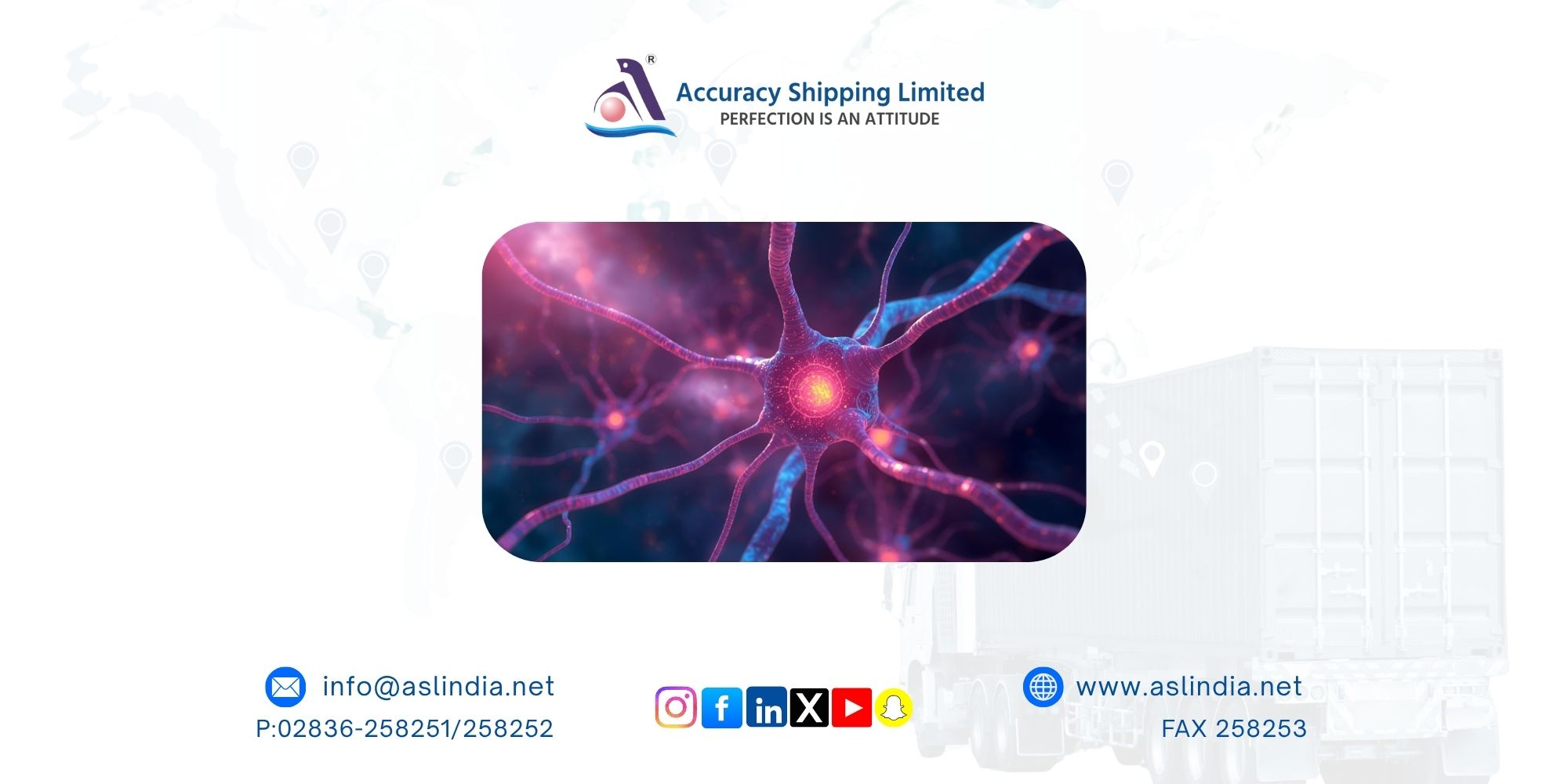Mohali scientists develop nanomaterial that can heal brain naturally

In a groundbreaking scientific advancement, researchers from Mohali have developed a nanomaterial that can naturally heal the brain by enhancing neuron communication and growth. The innovation represents a major leap toward non-invasive treatment for neurodegenerative disorders like Parkinson’s and Alzheimer’s disease.
A smart material that mimics brain function
The newly developed material, known as g-C3N4 (graphitic carbon nitride), works by generating tiny electric fields that open calcium channels in neurons. This process boosts nerve growth and communication between brain cells, helping the brain repair itself. Acting like a smart biological switch, the nanomaterial activates when neurons are idle and rests when they are active, thereby preventing cellular fatigue and maintaining a natural balance.
A non-invasive alternative to conventional therapies
Unlike traditional deep brain stimulation or magnetic therapies, which require invasive surgical procedures, g-C3N4 directly responds to the brain’s own electrical activity. Laboratory experiments revealed that the nanomaterial not only promotes neuron maturation and enhances dopamine production, but also reduces toxic proteins associated with Parkinson’s disease in animal models.
A major scientific breakthrough
“This is the first demonstration of semiconducting nanomaterials directly modulating neurons without external stimulation,” said Dr. Manish Singh, who led the research published in ACS Applied Materials & Interfaces. “It opens new therapeutic avenues for neurodegenerative diseases like Parkinson’s and Alzheimer’s.”
The future of neurotechnology and “brainware computing”
Experts suggest that this innovation could revolutionize brain disorder treatments and even pave the way for “brainware computing” futuristic systems that integrate living neural tissue with semiconductor materials to create bio-inspired computers capable of self-learning and repair.
Next steps toward clinical application
With promising laboratory results, the researchers are now preparing for further preclinical and clinical trials to evaluate the nanomaterial’s safety and efficacy in humans. If successful, this could mark the beginning of a new era in brain health, where healing happens naturally powered by the brain itself.







